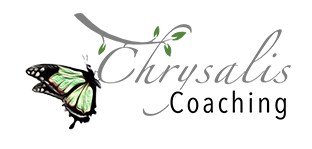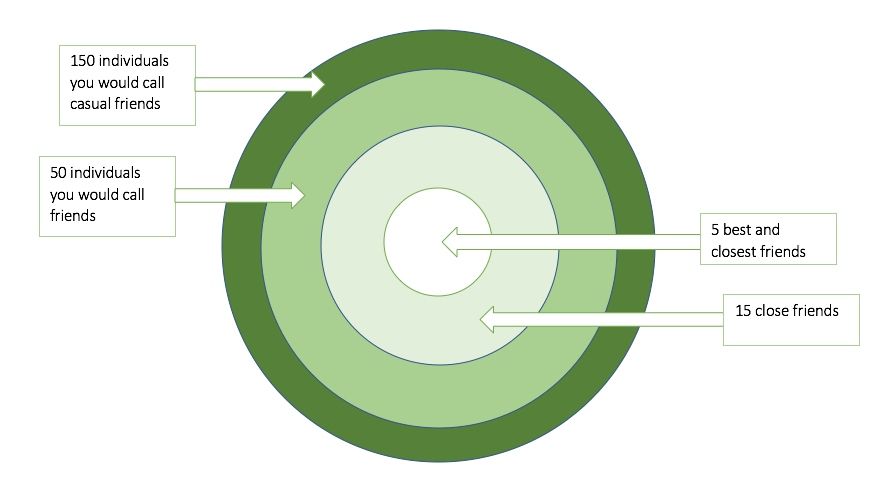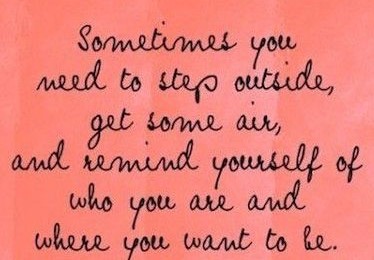
Feel the fear and do it anyway
July 12, 2021
My Dream …
July 12, 2021Friendship and Social Circle changes through the Pandemic
This blog is a little more intense than some of my previous blogs so be warned!
Factually speaking according to the findings of Robin Dunbar Professor of Evolutionary Psychology at the University of Oxford, the ideal social group size for humans should be about 150 people. Yes, 150. I do have doubts that I have that many to be honest but let’s run with the findings of the survey!
This circle of 150 breaks down into three inner circles of friendship, each one three times smaller than the one surrounding it.
Casual friends are fairly obviously, those that you know casually. You recognise and acknowledge them. Friends are 50 or so individuals contained within that 150 that you know a few more details about. They are people that you see pretty regularly such as work colleagues or parents at your child’s school. Within this circle are 15 close friends. These are the ones that you confide in, turn to for support, and have shared experiences with. Finally, you have a small number of close friends to whom you devote the greatest amount of time and energy.
Dunbar estimated that pre-pandemic we spent on average 60% of our time with the people that make up our three inner groups and 40% with those people in the outer circle.
Social media sites were starting to disrupt this pattern as many people started to spend increasing amounts of time on sites such as Facebook, Instagram, and Twitter i.e., increasing the amount of time spent with people that we only knew virtually.
Then the pandemic arrived and lockdowns were introduced. We were unable to spend time with our nearest and dearest in face-to-face situations and were forced to communicate virtually in almost all instances.
As we couldn’t do the usual things that reinforce those close bonds such as hugging and spending time physically together, those categories became increasingly blurred and we started to feel isolated and lonely.
As lockdowns eased, we were able to kick-start our social lives.
Reflect on your situation. How did you feel when this happened?
Personally, I had a mix of feelings.
I think most of us asked ourselves the question of how much we did want to socialise again before we ventured out.
How much did we trust that we would be safe? Enough to socialise?
When we did feel safe, we tended to gravitate to those friends and family who we felt would have very similar ethics around hygiene and cleanliness.
The pandemic has also given us the chance to consider who we want to re-connect with and in what way. The most important quality in a friendship is the way that the relationship makes you feel.
Do you feel better after spending time with this person?
Are you yourself around this person?
Do you feel secure or do you feel that you need to be careful of what you say?
Is the person supportive and treats you with respect?
Is it a person that you can trust?
A good friend does not need you to compromise your values and they support you through your life journey.
Now is a great time to evaluate your friendships.
There may be friends that you feel no longer support you in the way that you wish for, but there may also be friends that you drifted from pre-pandemic and whom you now wish to re-connect with more dynamically.
Don’t wait to be asked!
Be yourself, put yourself out there, and enjoy quality friendship time now that we have it back.





